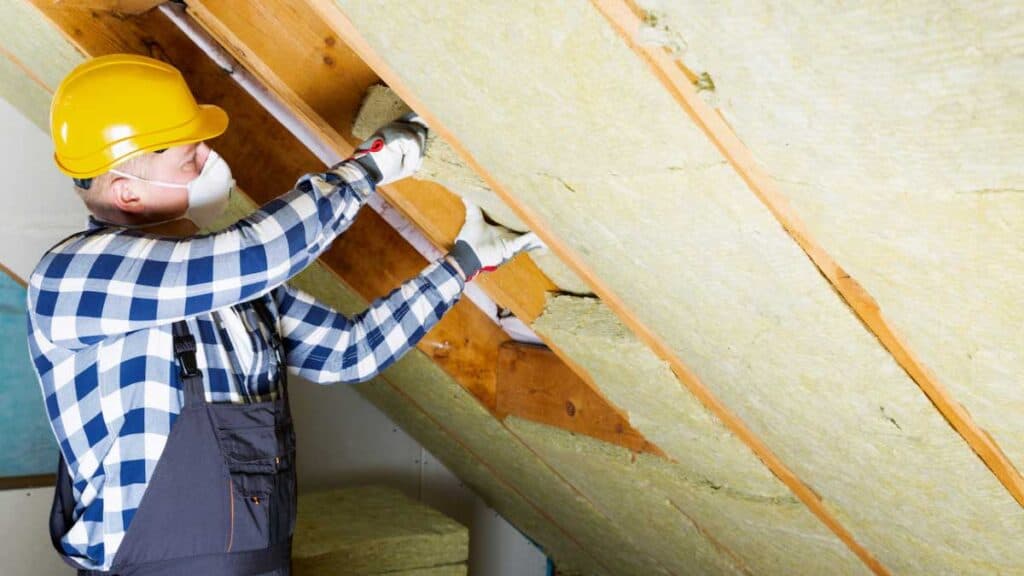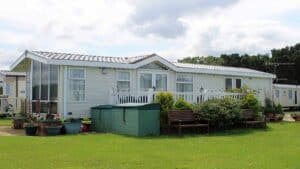If you live in Florida, then you have experienced how brutal the heat and humidity can be throughout the year, and especially the summer. Luckily for us, technology has improved to allow us to control the indoor climate of our homes. However, controlling the climate comes at a cost. That is usually an increase in our energy bills. There is a solution to keeping the indoor climate at moderate temperatures AND minimize energy costs. The solution is attic insulation.
Attic Insulation and Energy Costs
The attic is the first point of impact between your home and the sun. Most of the heat that enters the home travels downward from the attic area. Attic insulation is essentially a thermal barrier that keeps the heat out of your home during the summer and keeps heat inside your home during the winter. The insulation works by increasing the R-value of your attic. R-value is the resistance to the transfer of heat and so the greater the R-value, the less heat will be transferred. This equates to your house staying cooler naturally and you needing to use the air conditioner less than you typically would, saving you money on energy bills.
Factors that Determine Attic Insulation a Home Should Have
One major factor that determines the attic insulation a home should have is the home’s age. Typically older homes have less insulation. Therefore, when installing new insulation, they typically require thicker insulation. Either that or insulation with a greater inherent R-value.
Another key determiner of what type of attic insulation a home should have is the climate region. Different areas of the United States have different climates. Some areas, such as the Florida region, is exposed to more sunlight due to its close proximity to the equator. Homes in areas like these, with more extreme heat conditions, require more R-value to maintain the indoor climate of the home.
Another factor that should be considered is existing insulation. In order to maximize home insulation, the preexisting insulation has to be taken into consideration to find a material that is compatible and will reinforce the preexisting material. This could potentially save time and effort on labor as well as money.
So What Type of Insulation Should a Florida Homeowner Consider?
Florida is known for its hot climate and particularly strong heat. Energy Star’s map of recommended home insulation indicates that most of Florida is within Zone 2. In zone 2, an R-value of 30 to 60 is recommended for an uninsulated attic, R25 to R38 for an attic with existing insulation. The higher the R-value of the insulation, the better it is at preventing heat entry, which is what Florida homeowners should look for.
Types of Insulation to Consider:
Loose Fill – Loose-fill fibers are packaged in bags and blown in place to the desired depth and density. Generally for insulation, the R-value is additive based on the thickness of the insulation input. Loose Fill works best for when there is preexisting insulation because it can easily fill in gaps. This also means that it works well for when there are obstructions or irregular joist spacing.
Insulation Batts – These are pre-cut sections of insulation typically made from fiberglass or rockwool. These are great for insulating between framing that has a standard or consistent spacing.
Radiant Barrier – Radiant barriers are made of materials that reflect heat instead of absorbing it as other material would. This is great for Florida homeowners that are aiming to keep the heat out of their home in the first place.
Spray Foam – Many homeowners choose this benefit because of the air-tightness it provides. Spray foam also has a fairly decent R-value. Some common pitfalls in choosing spray foam, however, is that the coverage isn’t consistent. In addition, spray foam contracts and can pull away from the attic framing.
Foam Board – These are rigid panels of insulation. It reduces heat conduction through structural materials such as wood and studs.
The attic is the most essential area when it comes to your home’s indoor climate. Poor attic insulation results in more heat entering your home, decreased air ventilation, and higher energy bills. In addition to better insulation, a good air conditioning unit is essential for keeping the indoor climate cool. For more information on how to keep your home cool and reduce energy costs, contact usat American Air Cares. We provide the best air conditioning installation, repair, and AC maintenance in the Port St. Lucie and Stuart areas!





